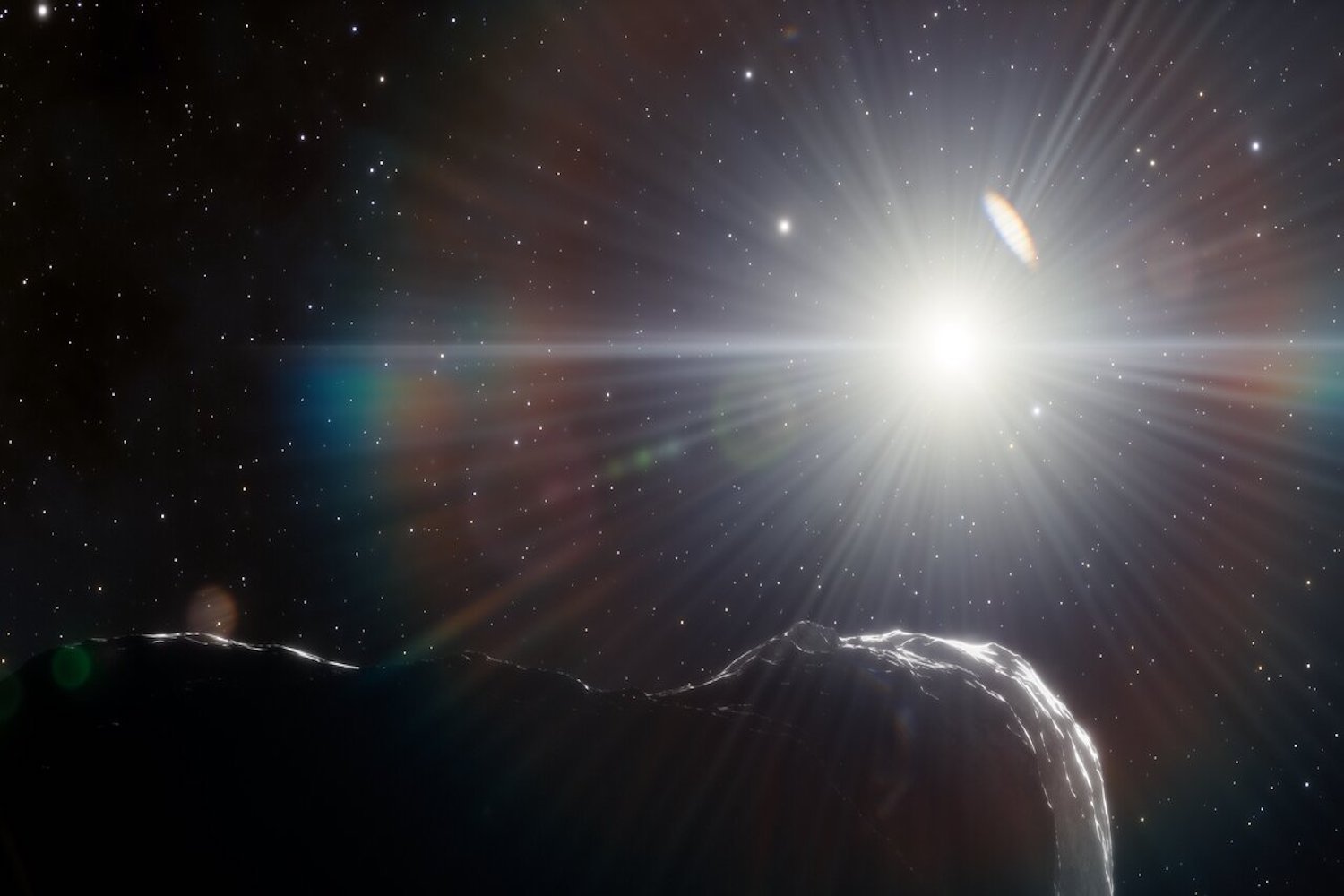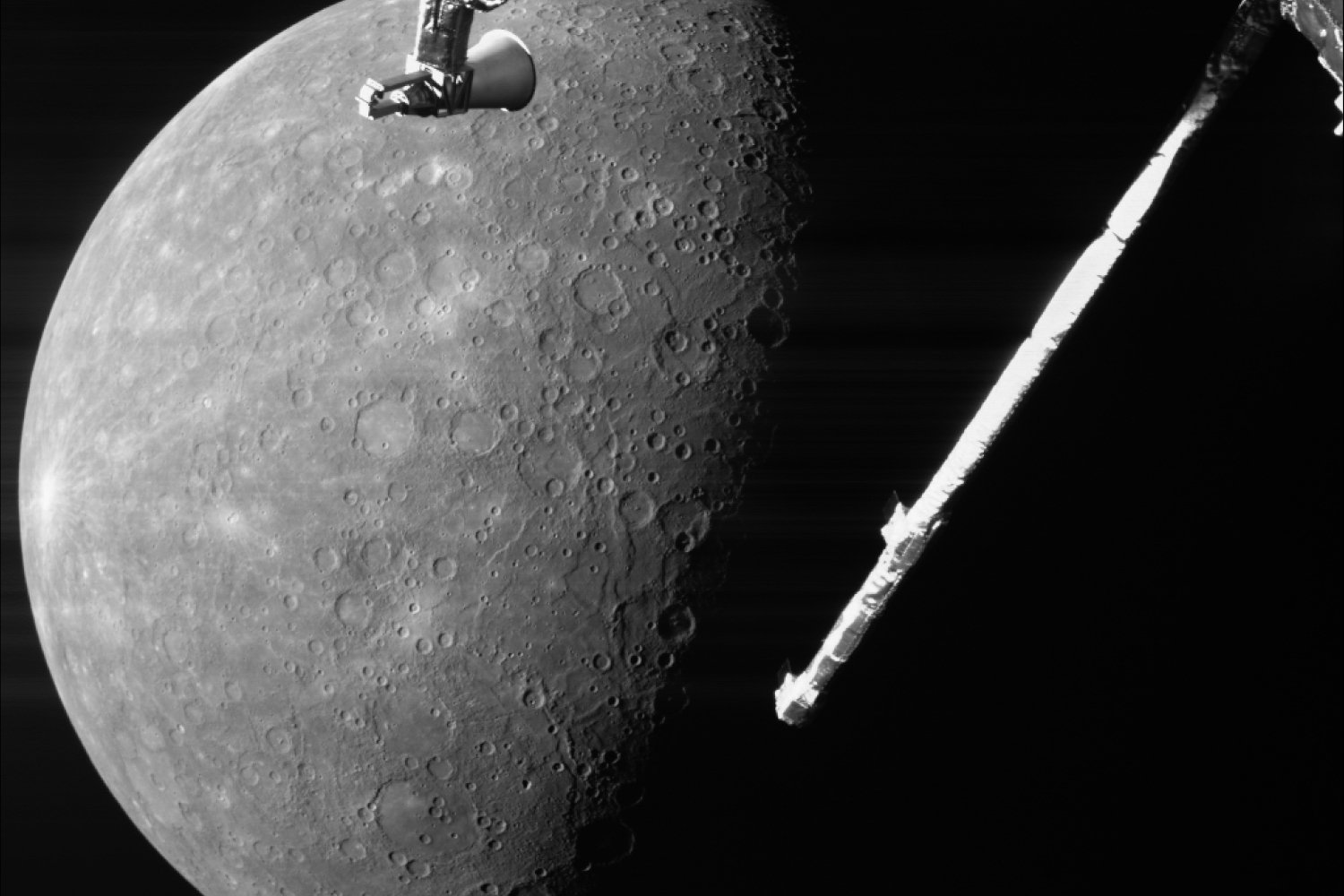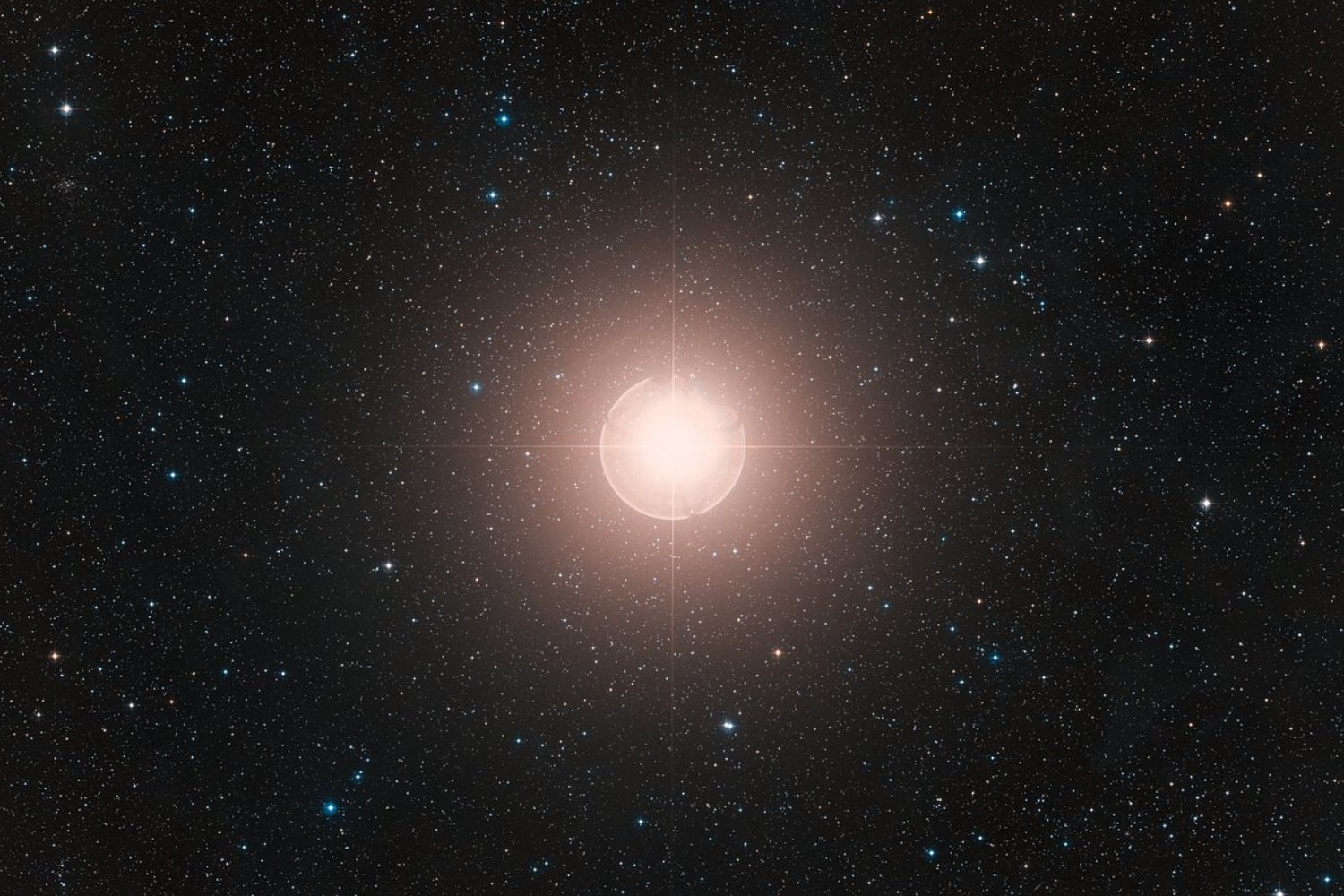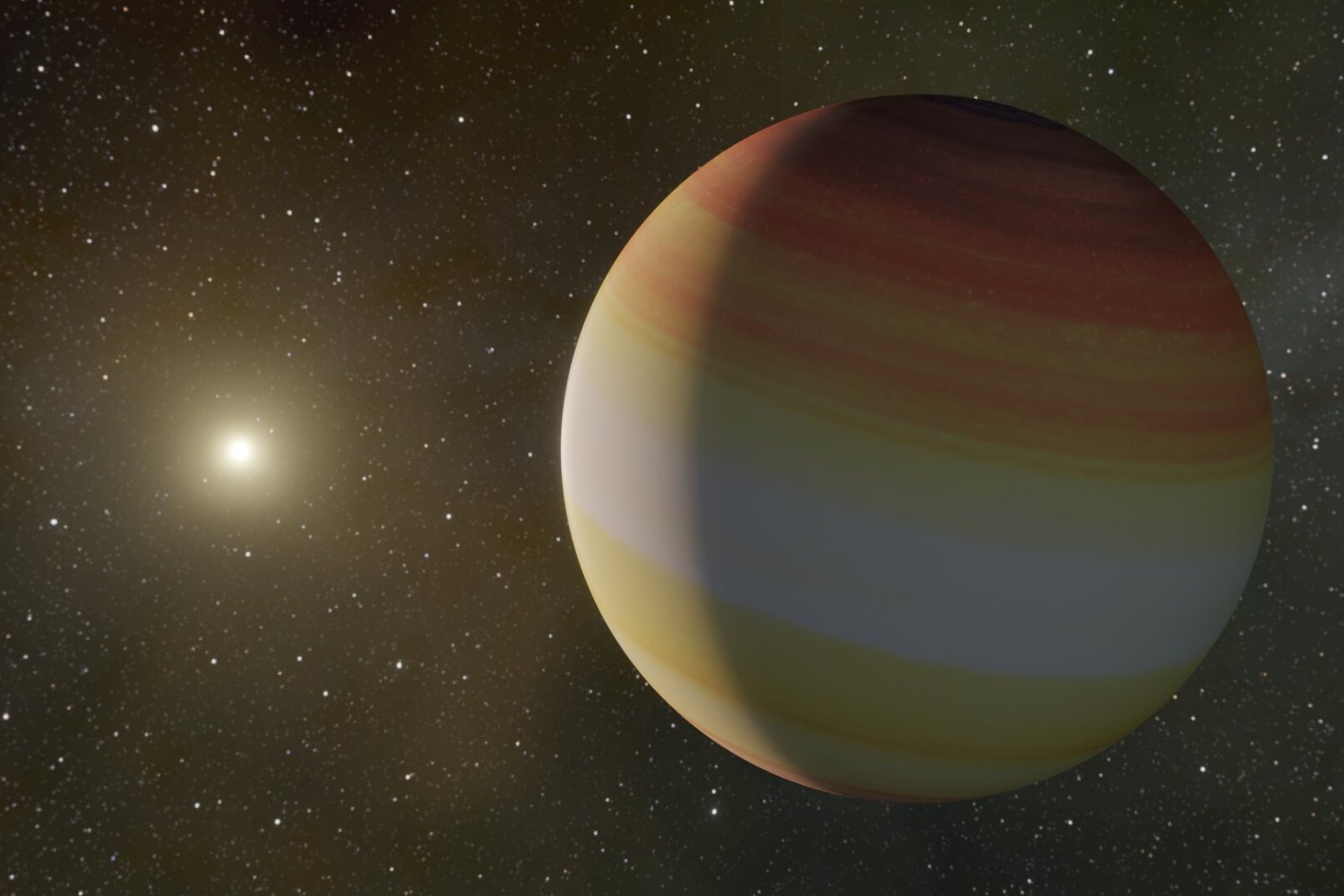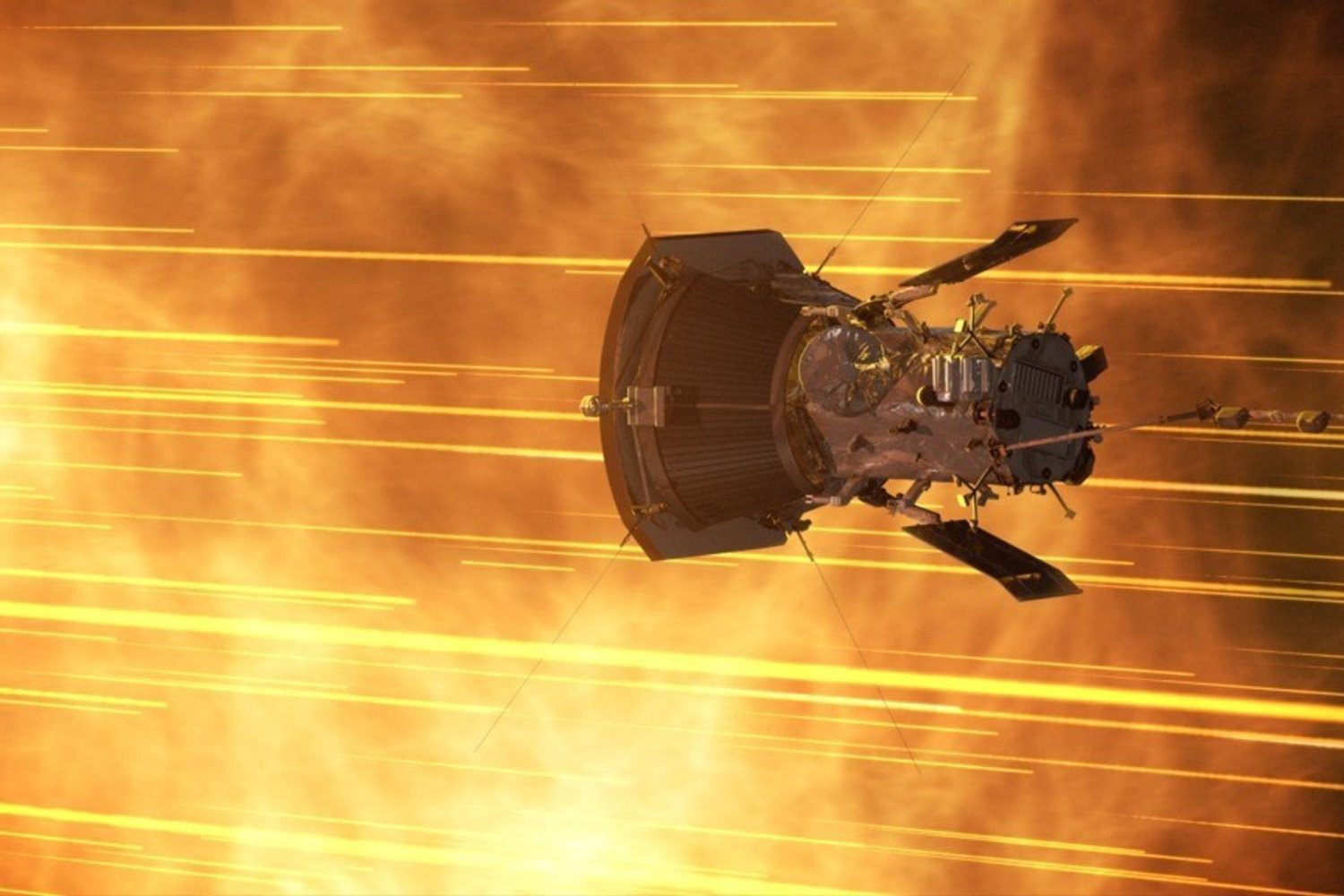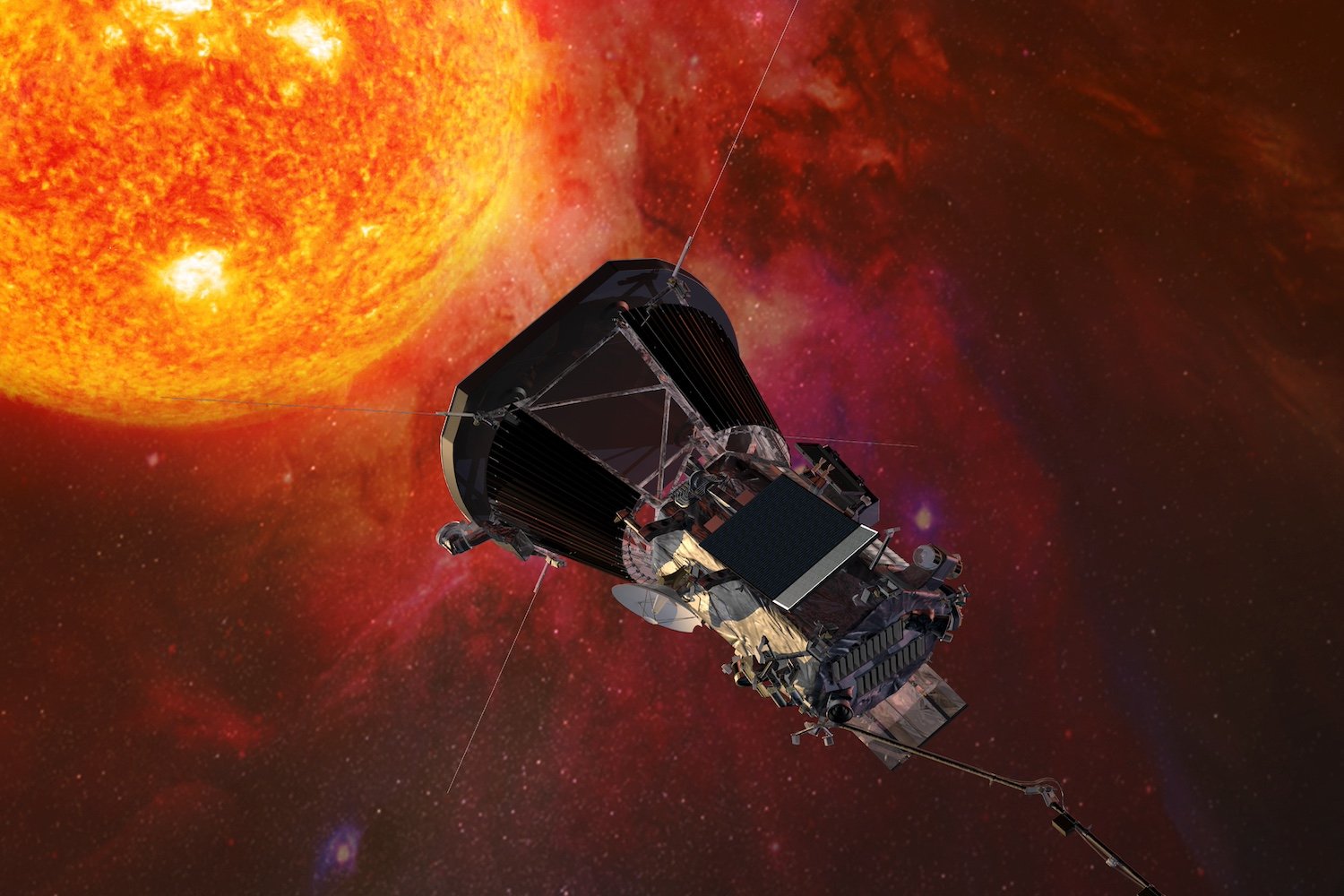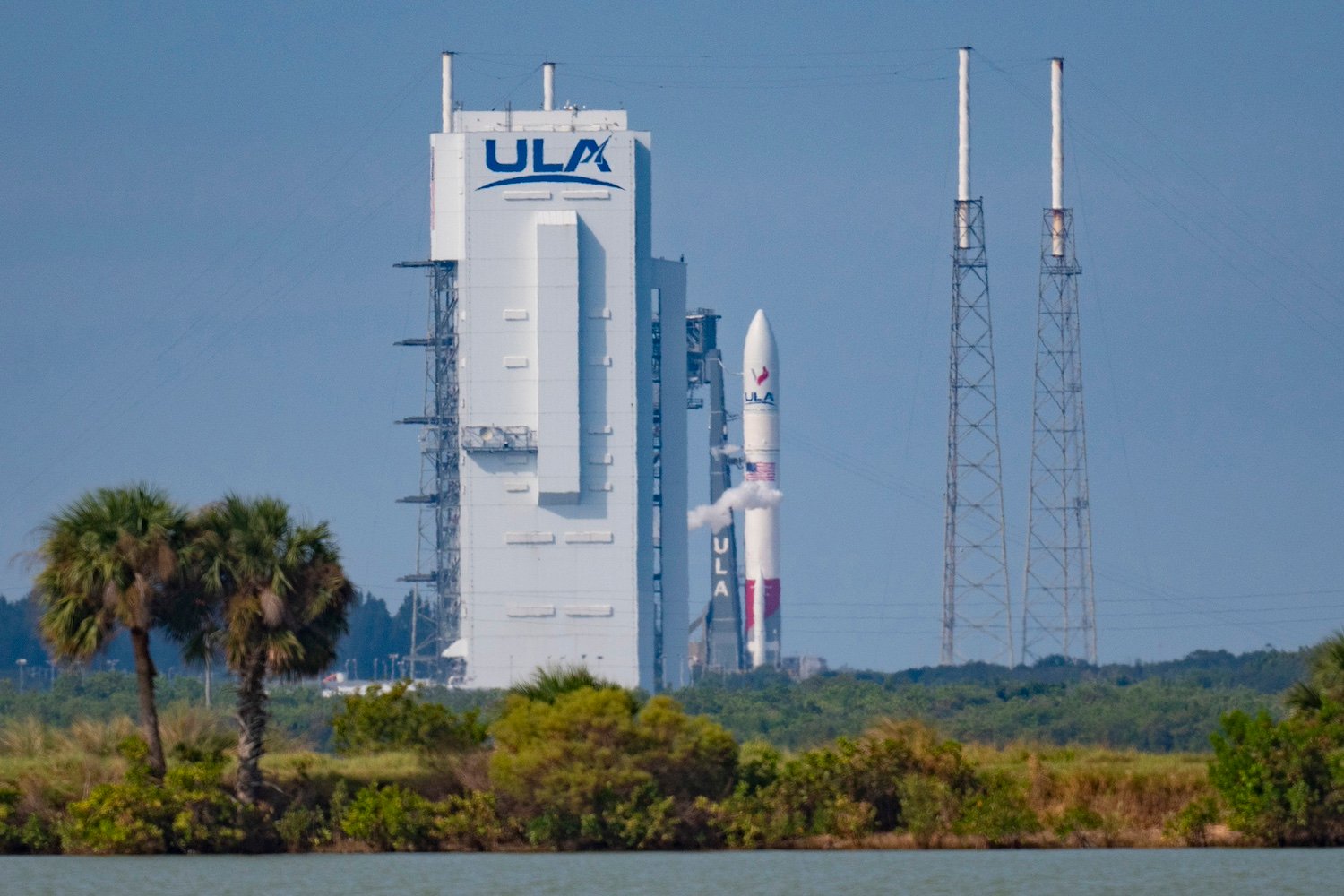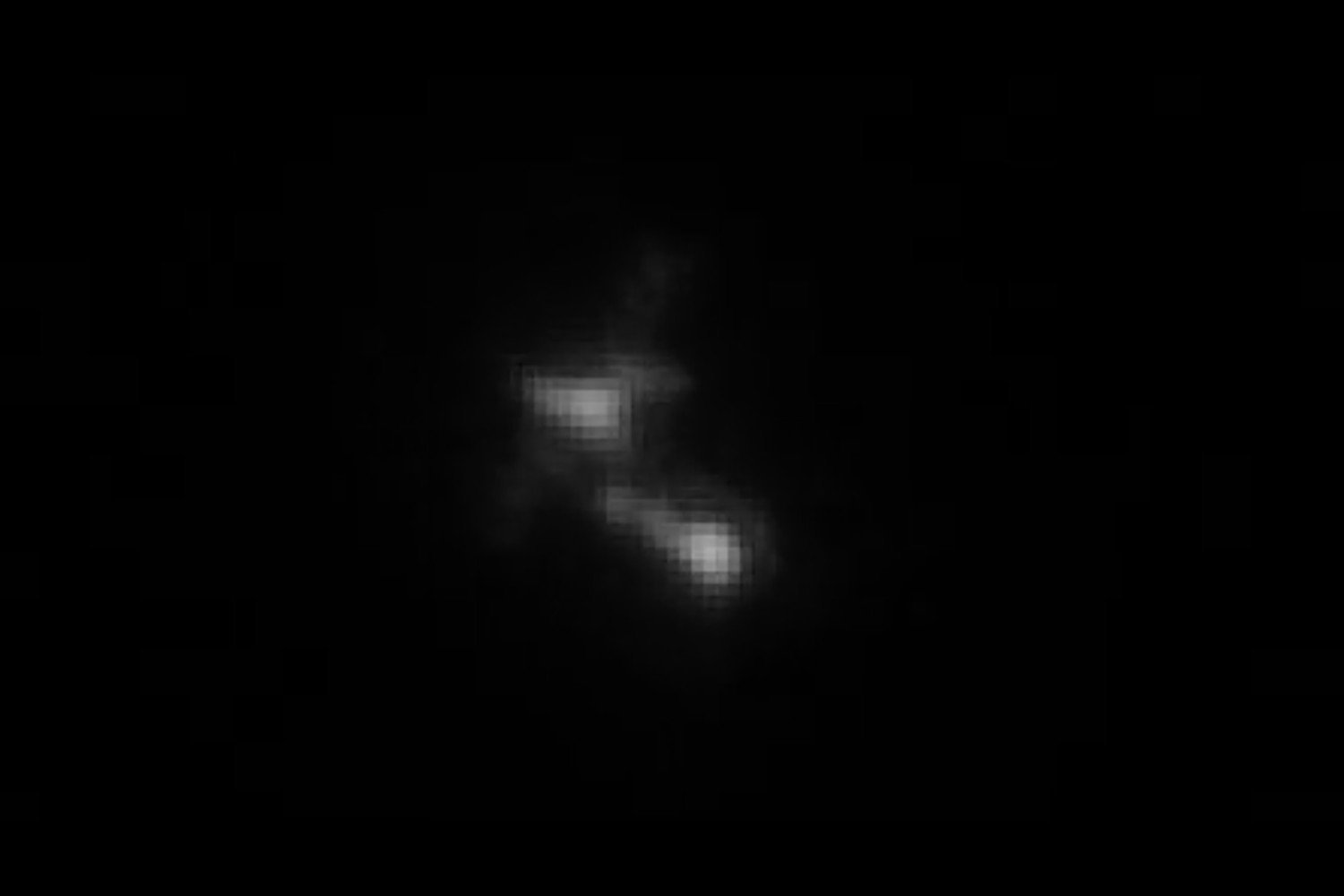Prepare to welcome a new, albeit temporary, member to Earth’s celestial family. Starting at the end of September 2024, a small asteroid designated 2024 PT5 will be captured by Earth’s gravity, effectively becoming a mini-moon. This cosmic guest will only stay for a short while, departing by late November. While this phenomenon is fascinating, don’t expect to witness it with the naked eye – or even a backyard telescope.
A Fleeting Lunar Companion
The existence of 2024 PT5 was first revealed on August 7, 2024, thanks to the Asteroid Terrestrial-impact Last Alert System (ATLAS). Researchers Carlos and Raúl de la Fuente Marcos, both from the Universidad Complutense de Madrid, Spain, have calculated its trajectory, predicting it will orbit Earth from September 29 to November 25. During this brief period, the asteroid will complete a single orbit before continuing its journey through space.
A Diminutive Satellite
Measuring a mere 33 feet (10 meters) across, 2024 PT5 is considerably smaller than our permanent moon. Its diminutive size means it will be extremely faint, possessing a magnitude of approximately 22. For comparison, objects visible to the unaided eye have magnitudes of 6 or lower, making this mini-moon a challenge to observe even with sophisticated equipment.
Not Earth’s First Mini-Moon
As documented in a paper published in Research Notes of the AAS, temporary lunar companions are not entirely unprecedented for Earth. A similar event occurred in July 2006, with a mini-moon gracing our skies for about a year. Another mini-moon orbited Earth for several years before finally breaking free in May 2020. Some objects are captured briefly by Earth’s gravity but escape before completing a full orbit. In 2020, there was even a suspected mini-moon discovery, though the data remained inconclusive.
Origins and Future Encounters
The researchers suggest that 2024 PT5 may have originated in the Arjuna asteroid belt, a group of near-Earth asteroids with orbits similar to our planet’s. They also dismiss the possibility of the object being artificial, noting its trajectory closely resembles that of 2022 NX1, another asteroid that temporarily became a mini-moon in 1981 and again in 2022.
A simulation of 2024 PT5’s path, shared by amateur astronomer Tony Dunn, provides a clear visualization of this celestial dance. Although this mini-moon will be difficult to observe this time around, there will be another opportunity to experience its presence (albeit still invisibly) when it passes near Earth again on January 9, 2025. After that, it won’t make a close approach until 2055.
Conclusion
While we won’t be able to admire 2024 PT5 with our own eyes, its brief stint as Earth’s second moon offers a fascinating glimpse into the complex dynamics of our solar system. This event underscores the constant interplay of gravitational forces and the transient nature of some celestial encounters. Though small and unseen, 2024 PT5 serves as a reminder of the dynamic and ever-changing cosmic landscape surrounding our planet.



